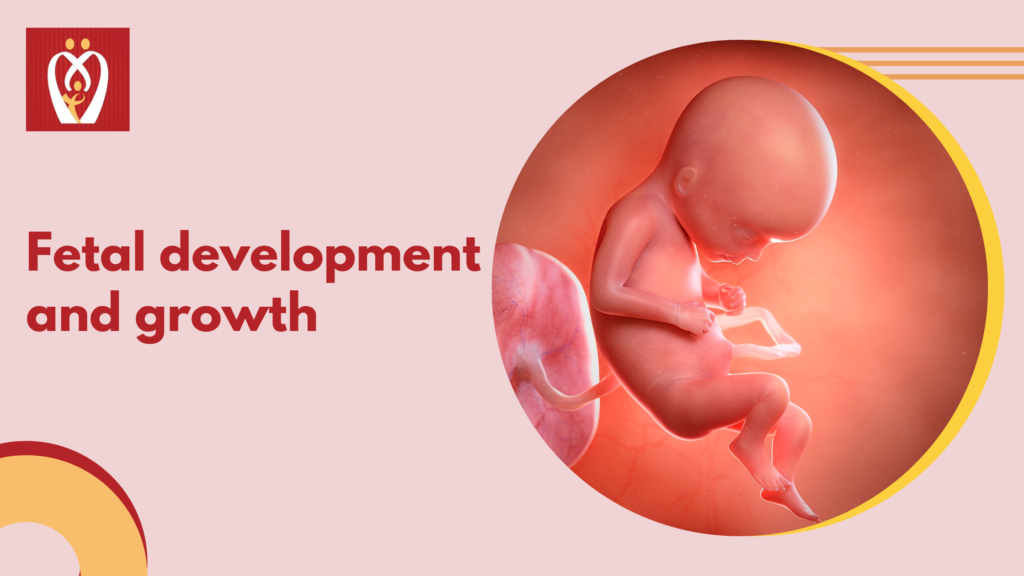
Table of Contents
Introduction
The journey of pregnancy is a miraculous and transformative experience for both expecting parents and healthcare providers alike. During this period, numerous medical advancements have revolutionized prenatal care, and one such innovation that has significantly impacted the field is ultrasonography. Often referred to as the “window to the womb,” ultrasonography plays a pivotal role in monitoring the health and development of both the baby and the mother throughout pregnancy. In this blog post, we will delve into the importance of ultrasonography and how it has become an indispensable tool in modern obstetrics.
1.Early Detection and Confirmation of Pregnancy:
Ultrasonography allows healthcare providers to detect and confirm pregnancies in the earliest stages. Through transabdominal or transvaginal ultrasound examinations, the presence of a gestational sac, fetal heartbeat, and embryonic development can be visualized as early as 5-6 weeks gestation. This early confirmation offers reassurance to expectant parents and helps healthcare professionals establish a solid foundation for prenatal care.
2. Assessment of Fetal Growth and Development:

Throughout the course of pregnancy, ultrasonography provides crucial information about the growth and development of the fetus. Regular ultrasound scans help monitor fetal growth, evaluate organ development, and assess the overall well-being of the baby. Measurements such as crown-rump length, biparietal diameter, and femur length allow healthcare providers to estimate gestational age and identify any potential abnormalities or growth restrictions.
3. Detection of Structural Anomalies:
One of the most significant advantages of ultrasonography is its ability to detect structural anomalies in the developing fetus. Detailed ultrasound examinations, such as the anomaly scan performed around 20 weeks, enable healthcare professionals to evaluate the baby’s anatomy, including the brain, heart, spine, limbs, and internal organs. Early identification of structural anomalies provides parents with the opportunity to make informed decisions, seek specialized care, and prepare for the future.
4. Guiding Invasive Procedure
In some cases, invasive procedures such as amniocentesis or chorionic villus sampling may be necessary for diagnostic purposes. Ultrasonography plays a critical role in guiding these procedures, ensuring precise needle placement and minimizing potential risks. Real-time imaging helps healthcare providers navigate safely, reducing the chances of complications and maximizing diagnostic accuracy.
5. Assessment of Placental Health and Function5
Ultrasonography is instrumental in assessing the health and function of the placenta, a vital organ that supports the developing fetus. Conditions such as placenta previa, placental abruption, or placental insufficiency can be detected through ultrasound examinations. Accurate diagnosis and timely intervention are crucial in managing these conditions to ensure the well-being of both the mother and the baby.
Conclusion :

Ultrasonography has revolutionized prenatal care by providing invaluable insights into the health and development of the fetus and the well-being of the expectant mother. From confirming early pregnancies to detecting structural anomalies and monitoring fetal growth, ultrasonography has become an indispensable tool in modern obstetrics. Its ability to offer detailed and real-time visualization of the womb empowers healthcare providers to provide optimal care, make informed decisions, and ensure positive outcomes for both mother and baby. As technology advances, so too will the capabilities of ultrasonography, further enhancing its role in shaping the future of prenatal care.
